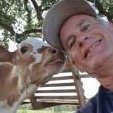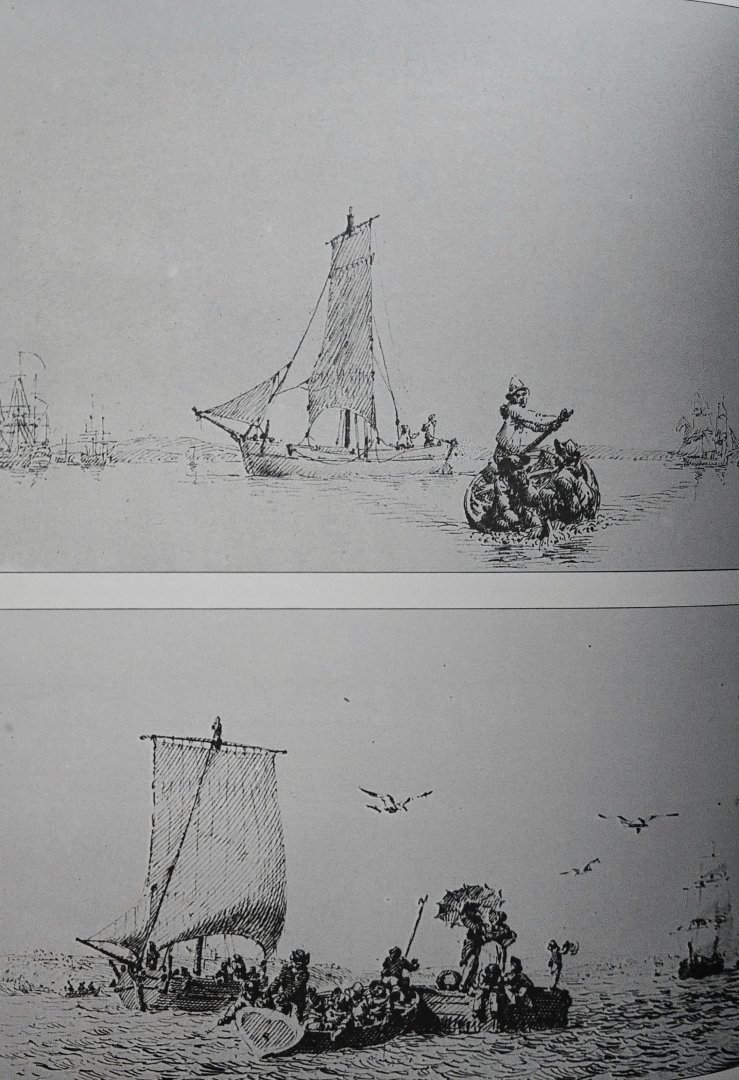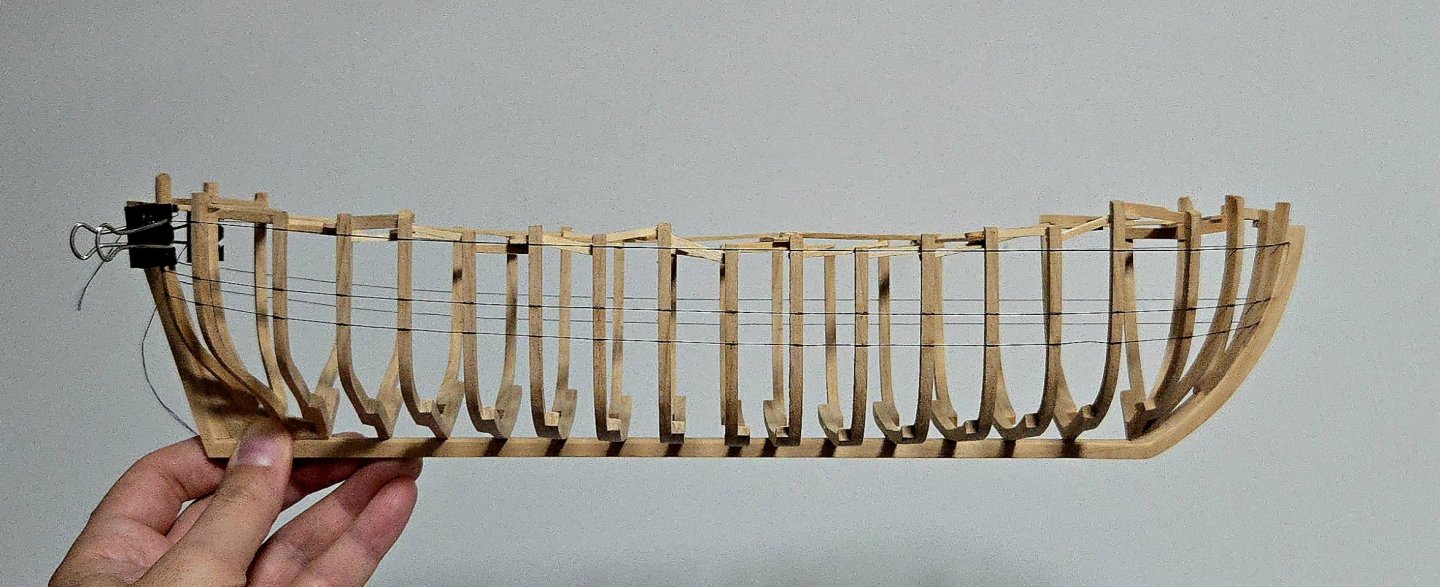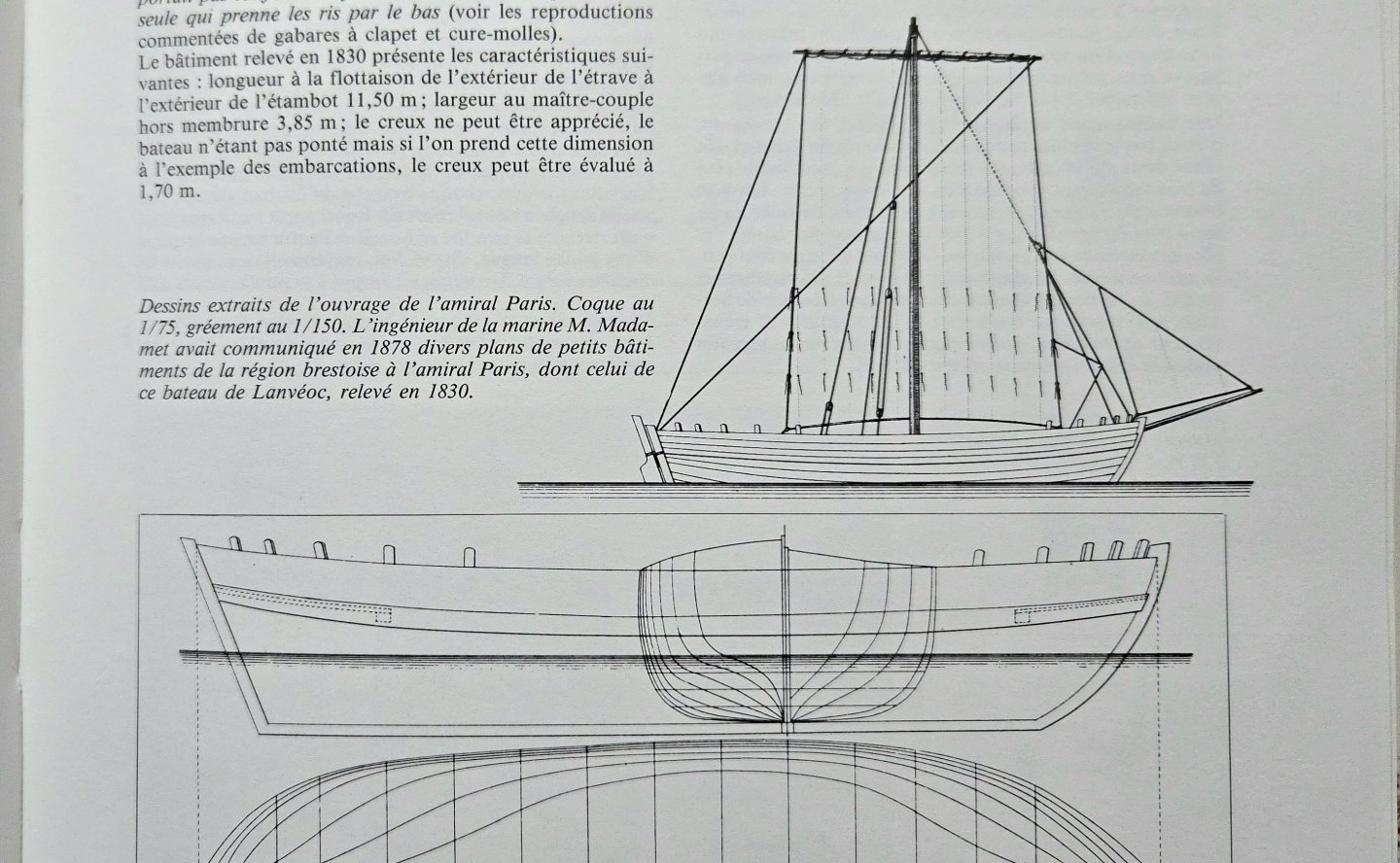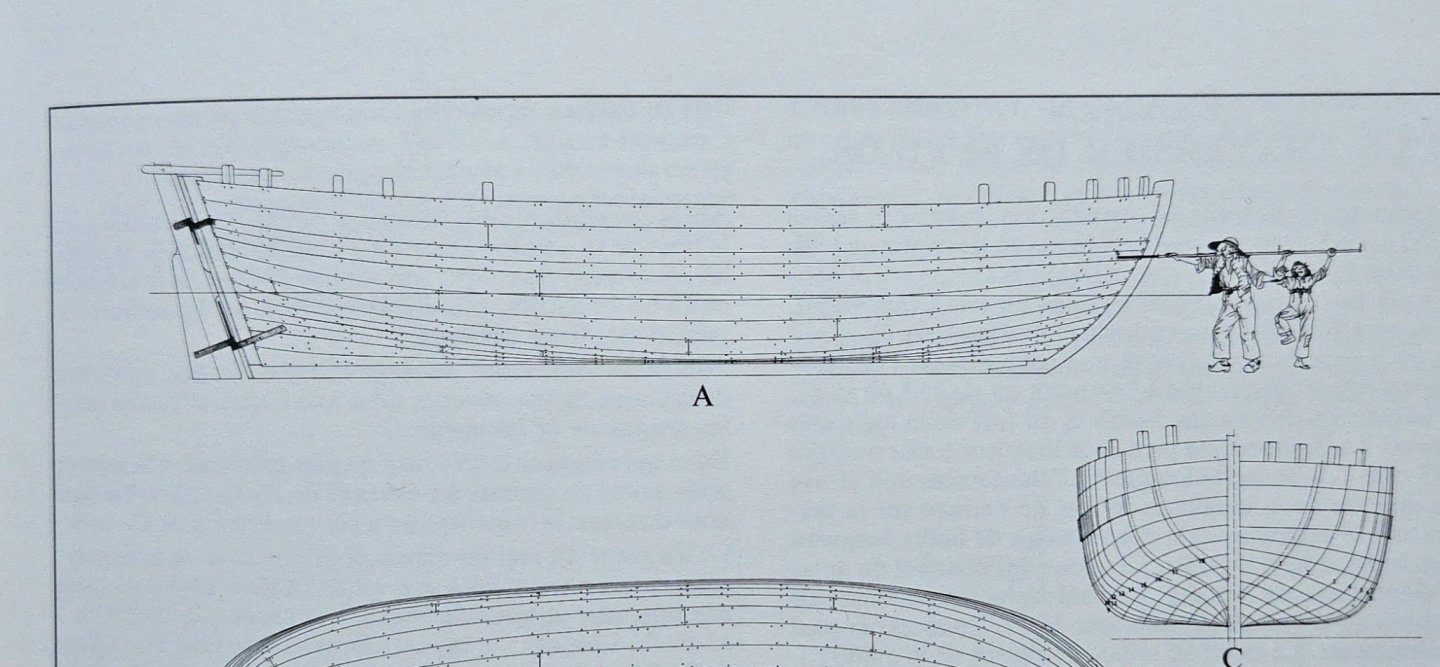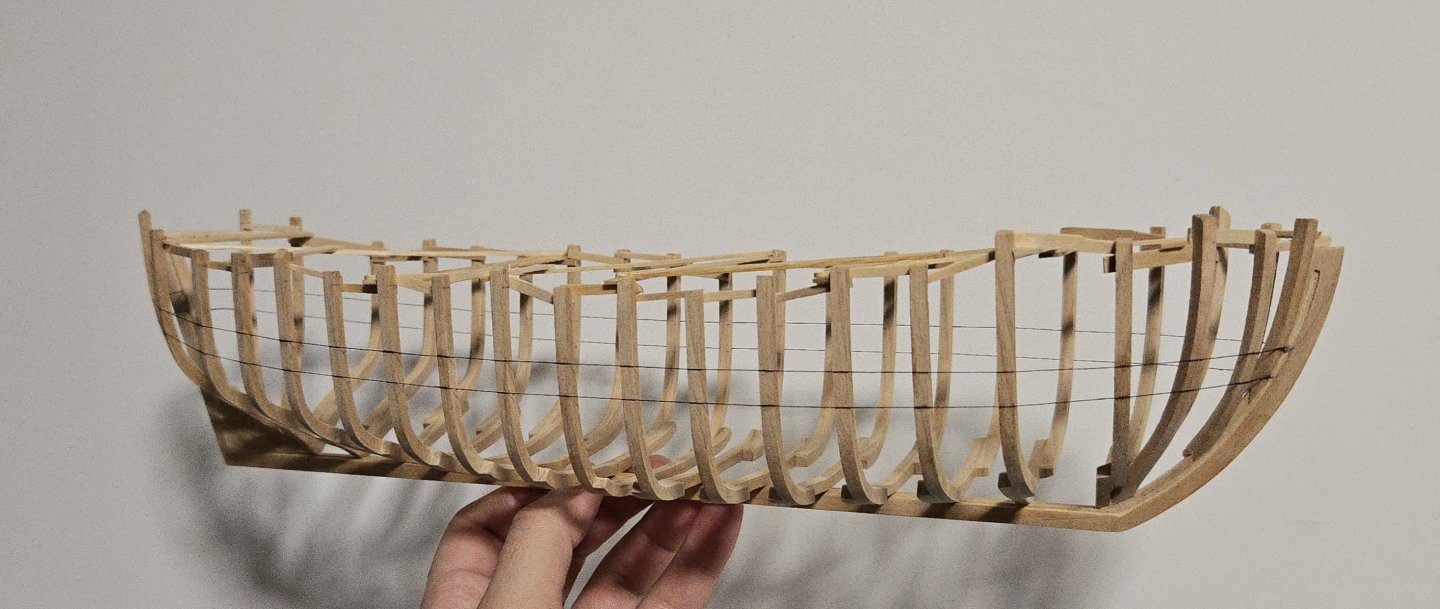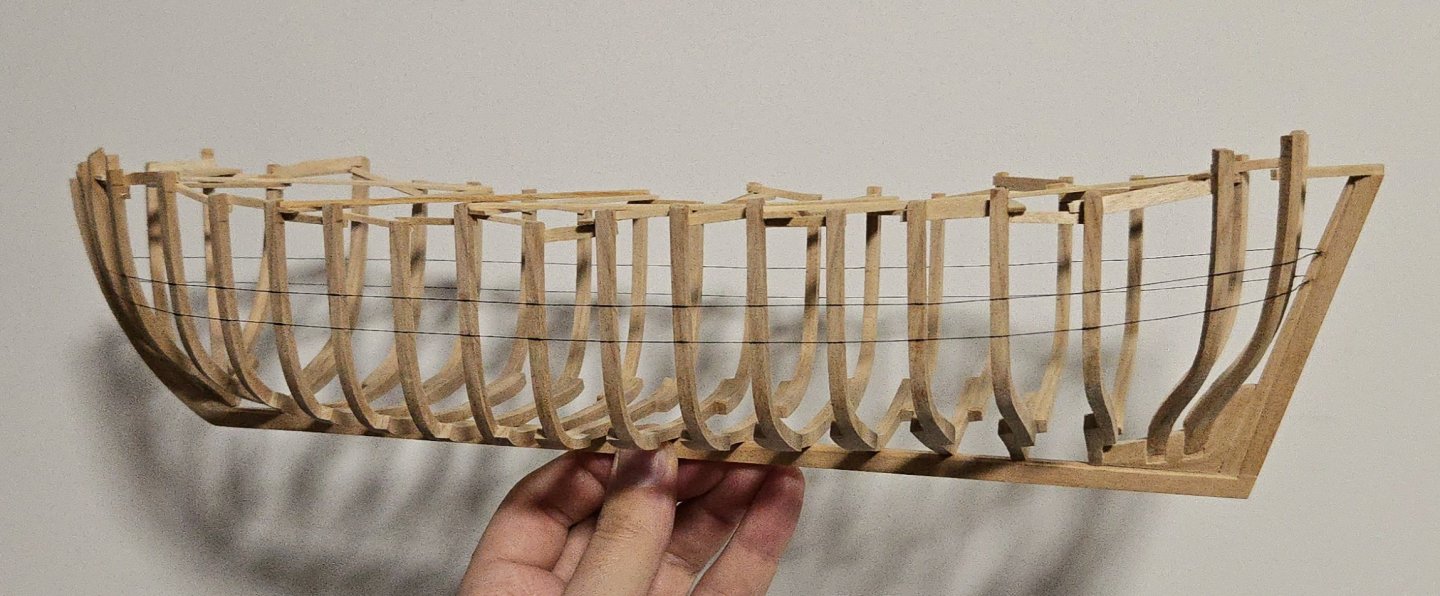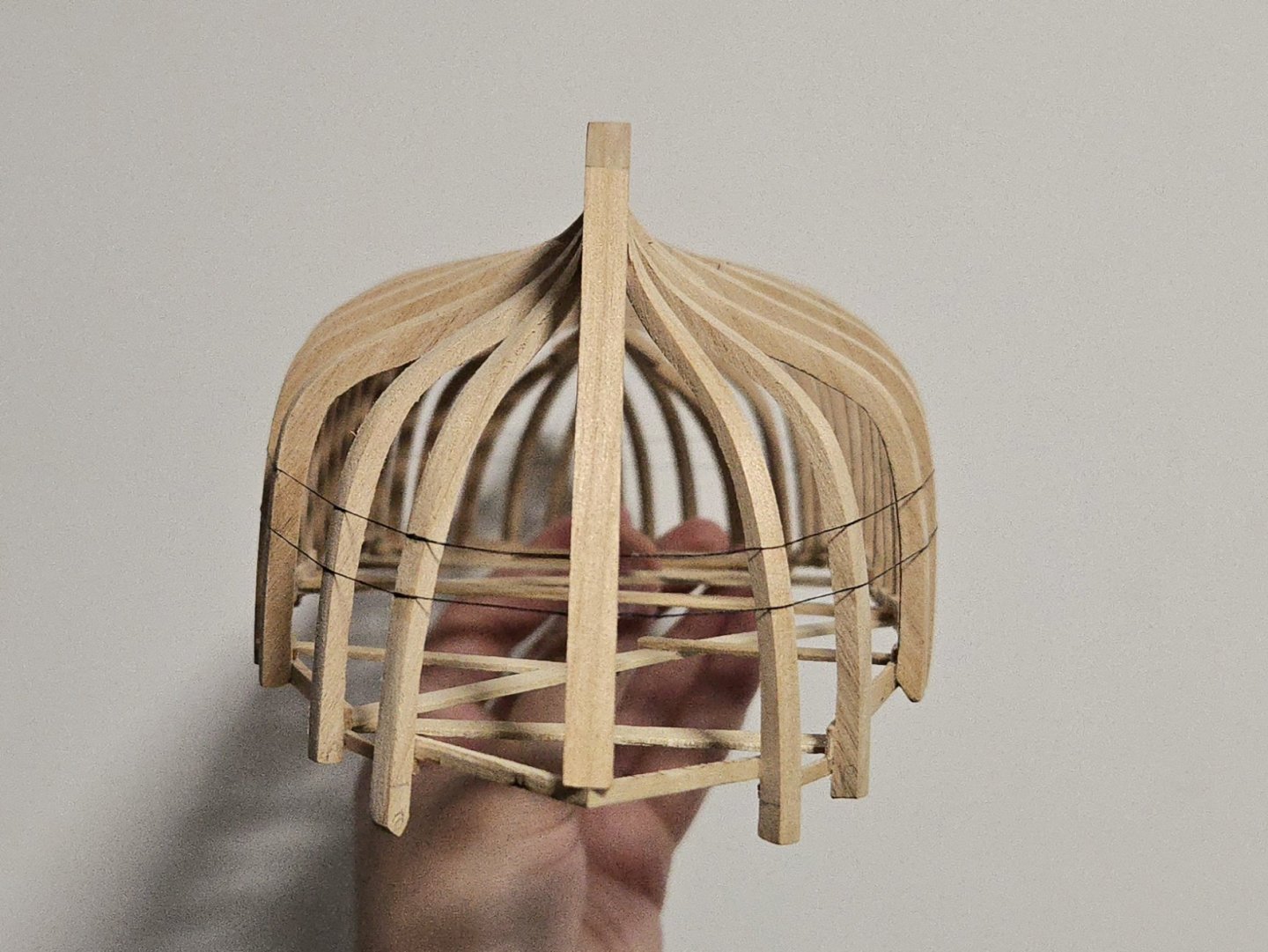-
Posts
1,316 -
Joined
-
Last visited
About JacquesCousteau

Profile Information
-
Location
Mexico City
Recent Profile Visitors
The recent visitors block is disabled and is not being shown to other users.
-
 JacquesCousteau reacted to a post in a topic:
Speedwell 1752 by David Antscherl & Greg Herbert - Scale 1:96
JacquesCousteau reacted to a post in a topic:
Speedwell 1752 by David Antscherl & Greg Herbert - Scale 1:96
-
 JacquesCousteau reacted to a post in a topic:
Speedwell 1752 by David Antscherl & Greg Herbert - Scale 1:96
JacquesCousteau reacted to a post in a topic:
Speedwell 1752 by David Antscherl & Greg Herbert - Scale 1:96
-
 JacquesCousteau reacted to a post in a topic:
Speedwell 1752 by David Antscherl & Greg Herbert - Scale 1:96
JacquesCousteau reacted to a post in a topic:
Speedwell 1752 by David Antscherl & Greg Herbert - Scale 1:96
-
Looks good to me! I feel like with a bit of filler and sanding it should smooth out nicely. Challenges with the sheer strake aside, the kit planks seem to go together very nicely. I almost regret going with lapstrake planking on mine, as it has made what I was hoping would be a straightforward, fairly simple build into something rather more complex. As for the more prominent grain on the sheer strake, I wonder if a bit of shellac or some other sort of sanding sealer would smooth it out? (I seem to remember that you're planning on painting this hull, I could be wrong though). I recently tried shellac for the first time on a different project and was pleasantly surprised by how smooth it turned out and how straightforward it was to apply, and apparently it takes paint very well.
-
 JacquesCousteau reacted to a post in a topic:
L'Artésien 1764 by Cpt.Barbossa - 1:48 - 64-gun ship from plans by Jacques Fichant
JacquesCousteau reacted to a post in a topic:
L'Artésien 1764 by Cpt.Barbossa - 1:48 - 64-gun ship from plans by Jacques Fichant
-
 JacquesCousteau reacted to a post in a topic:
USF Essex 1799 by RossR - Model Shipways - 1:76
JacquesCousteau reacted to a post in a topic:
USF Essex 1799 by RossR - Model Shipways - 1:76
-
 JacquesCousteau reacted to a post in a topic:
USS Cape (MSI-2) by Dr PR - 1:48 - Inshore Minesweeper
JacquesCousteau reacted to a post in a topic:
USS Cape (MSI-2) by Dr PR - 1:48 - Inshore Minesweeper
-
 JacquesCousteau reacted to a post in a topic:
Benjamin W Latham by Fundysnapper - Model Shipways - 1:48
JacquesCousteau reacted to a post in a topic:
Benjamin W Latham by Fundysnapper - Model Shipways - 1:48
-
 JacquesCousteau reacted to a post in a topic:
Cat Esther by GrandpaPhil - FINISHED - 1/64 - CARD
JacquesCousteau reacted to a post in a topic:
Cat Esther by GrandpaPhil - FINISHED - 1/64 - CARD
-
 Bryan Woods reacted to a post in a topic:
Bateau de Lanvéoc by JacquesCousteau - Scale 1:32 - From Ancre Plans
Bryan Woods reacted to a post in a topic:
Bateau de Lanvéoc by JacquesCousteau - Scale 1:32 - From Ancre Plans
-
 Keith Black reacted to a post in a topic:
Bateau de Lanvéoc by JacquesCousteau - Scale 1:32 - From Ancre Plans
Keith Black reacted to a post in a topic:
Bateau de Lanvéoc by JacquesCousteau - Scale 1:32 - From Ancre Plans
-
 vvvjames reacted to a post in a topic:
Bateau de Lanvéoc by JacquesCousteau - Scale 1:32 - From Ancre Plans
vvvjames reacted to a post in a topic:
Bateau de Lanvéoc by JacquesCousteau - Scale 1:32 - From Ancre Plans
-
Thanks! There's certainly some variety, I wonder to what extent that comes down to different boatbuilders having different ways of doing things. A higher stern than bow seems a constant.
- 139 replies
-
- ancre
- Bateau de Lanveoc
-
(and 2 more)
Tagged with:
-
Thanks, Waldemar! That's certainly much more sheer than the monograph drawings. After a lot of consideration, I decided to adjust the sheer line slightly in order to get a little bit more of a curve than in the monograph drawings, but not quite as much as in the Pâris plan. It's a small adjustment, a matter of a millimeter or so amidships, but I think it looks better without deviating too drastically from the monograph plans. Of course, the photo is barely distinguishable from the previous photos... I've now marked out the wales and sheerline. I'll next need to remove the thread, lightly sand the fore abd aft sides of the frames, and then begin planking.
- 139 replies
-
- ancre
- Bateau de Lanveoc
-
(and 2 more)
Tagged with:
-
I realized that I had placed the wales a little low, so I had to move them up a bit. It would have been much faster to do it right the first time! In any case, I'm happy with the run of the wales now. I also began marking out the sheer line, following the same method with thread. Here there's a bit of an issue whether I should stick to the monograph drawings or follow the Pâris plans. As can be seen below, the monograph drawings give a nearly flat sheer, with limited rise aft and almost none at the bow. In contrast, the Pâris plans (also included in the monograph) show a bit more sheer--nothing extreme, but it is noticeable in comparison. It's especially clear of you compare the sheer line on the section view drawings. So, which to go with? I feel like the more pronounced sheer is a bit more pleasing to the eye, but I'm concerned about whether doing that will throw anything off with the hull, like the position of the wales. Below I marked out the sheer line with thread (a bit hard to see, sorry) following the monograph plans: And below, I dropped the sheer line a bit amidships to create more of a curve: I'm still deciding what to go with. The Ozanne drawings included in the monograph show fairly limited sheer in some vessels, but rather more in others. Other things I'm thinking about with this build: - I still don't really know what to do about the pump. None is shown in the plans. I guess it could be bailed by hand, but that hardly seems ideal when there's a large cargo load. - Relatedly, I still need to add the limber holes before planking. If I decide to add them, that this--it would make sense to me to include them, but they aren't on the plans. - I remain confused as to why the interior wouldn't be planked, as any passengers or cargo have to stand/be placed directly on the frames or on the inner side of the external planking. - I won't get to the anchor for a while, but I wish I had a better sense of how it would be handled. The monograph includes an anchor drawing and says it would have weighed 200 lbs and that two would have been used. There is no anchor-handling equipment shown, and its not clear to me even where the anchor cable would be tied off. 200 pounds is way too big to just haul up directly by hand, so I assume they would have rigged some blocks to the mast or something, but I really have no clue how they would have gone about it.
- 139 replies
-
- ancre
- Bateau de Lanveoc
-
(and 2 more)
Tagged with:
-
After returning from travel, I had a pretty quiet day unpacking and getting over jetlag today, and I found time to work a bit more on the Bateau. The hull is completely faired at this point. This took a lot of work, and I ended up building up a total of four frames that were just a bit too low. As earlier, I used multiple layers of wood shavings to build them up. I then began to work on marking out the wales. I first marked out the location of the top of the wales as best as I could from the plan drawings. Rather than do this on every frame, I just marked several along the hull. I then glued a black thread along the line, adjusting its run as necessary to get it fair. I then added a second line for the bottom of the wales. I'll let it sit overnight and come back to it with fresh eyes tomorrow. Photos can also help with picking up issues I don't notice when holding the model.
- 139 replies
-
- ancre
- Bateau de Lanveoc
-
(and 2 more)
Tagged with:
-
Nice work, it turned out really great!
- 90 replies
-
- Friendship Sloop
- bluejacket shipcrafters
-
(and 1 more)
Tagged with:
-
I was curious about ordering the HMS Triton project, but I don't see it in the NRG store anymore. The url still exists, but directs to the new capstan project. Is the NRG no longer selling the Triton project plans? Here's the url: https://thenrgstore.org/collections/plans-and-projects/products/hms-triton-plan-access-msw-copy
About us
Modelshipworld - Advancing Ship Modeling through Research
SSL Secured
Your security is important for us so this Website is SSL-Secured
NRG Mailing Address
Nautical Research Guild
237 South Lincoln Street
Westmont IL, 60559-1917
Model Ship World ® and the MSW logo are Registered Trademarks, and belong to the Nautical Research Guild (United States Patent and Trademark Office: No. 6,929,264 & No. 6,929,274, registered Dec. 20, 2022)
Helpful Links
About the NRG
If you enjoy building ship models that are historically accurate as well as beautiful, then The Nautical Research Guild (NRG) is just right for you.
The Guild is a non-profit educational organization whose mission is to “Advance Ship Modeling Through Research”. We provide support to our members in their efforts to raise the quality of their model ships.
The Nautical Research Guild has published our world-renowned quarterly magazine, The Nautical Research Journal, since 1955. The pages of the Journal are full of articles by accomplished ship modelers who show you how they create those exquisite details on their models, and by maritime historians who show you the correct details to build. The Journal is available in both print and digital editions. Go to the NRG web site (www.thenrg.org) to download a complimentary digital copy of the Journal. The NRG also publishes plan sets, books and compilations of back issues of the Journal and the former Ships in Scale and Model Ship Builder magazines.




